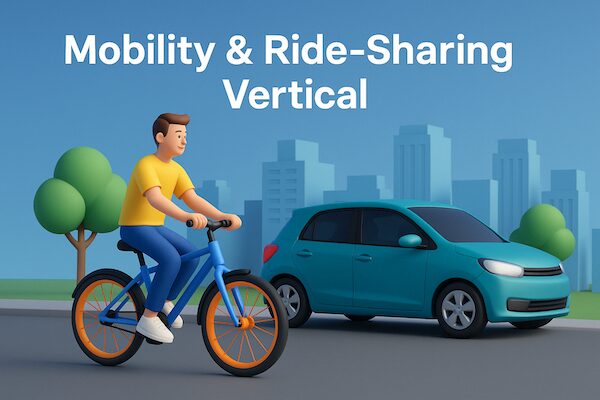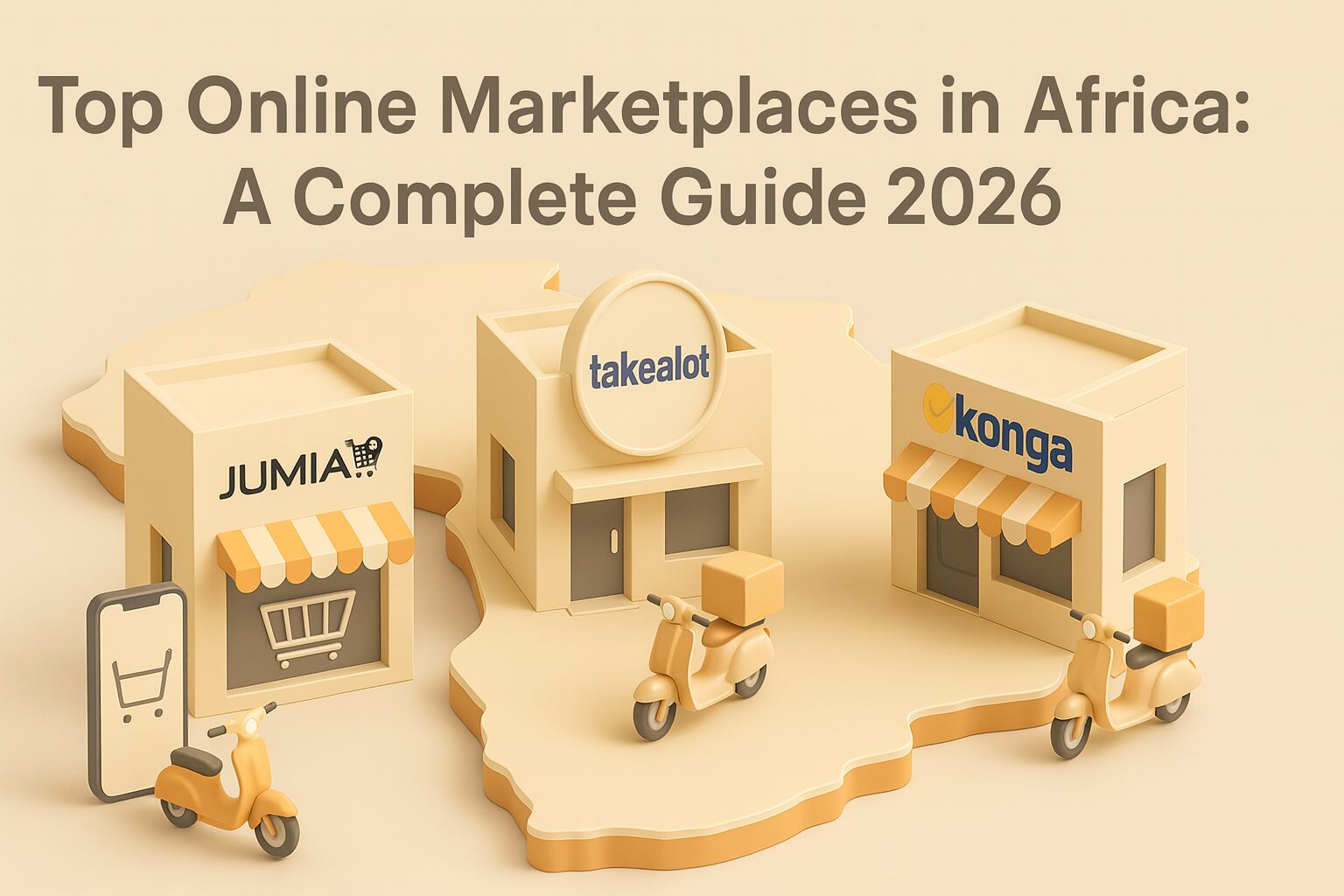What is the meaning of the Mobility & Ride-Sharing Vertical?
The Mobility & Ride-Sharing vertical refers to the **industry segment that focuses on digital transportation services, micro-mobility solutions, and urban mobility platforms**. It includes companies that offer on-demand ride services, car sharing, bike and scooter rentals, and multi-modal transport apps. The vertical aims to create more **accessible, sustainable, and efficient transportation systems** in both urban and rural environments. It plays a crucial role in shaping the future of smart cities and green infrastructure.
What services and technologies are included in the Mobility & Ride-Sharing Vertical?
This vertical encompasses a wide variety of tech-enabled mobility solutions, such as:
- Ride-hailing apps: On-demand transport platforms like Uber, Bolt, and Lyft
- Car sharing and pooling: Short-term vehicle rental and shared commuting options
- Micro-mobility: E-scooters, bikes, and e-bikes for last-mile urban travel
- Mobility-as-a-Service (MaaS): Integrated apps that combine public and private transport options
- Autonomous vehicles (AVs): Emerging services involving self-driving transport fleets
- EV charging and infrastructure platforms: Supporting electric vehicle adoption and route optimization
Why is the Mobility & Ride-Sharing Vertical important?
The vertical is essential in addressing **urban congestion, climate impact, and access to transportation**. Key benefits and contributions include:
- Reduced traffic and emissions: Shared and electric options lower individual car use and pollution
- Improved urban access: Helps residents in underserved areas reach jobs, schools, and services
- Convenience and affordability: Offers flexible alternatives to private car ownership
- Smart city integration: Supports real-time traffic management and multimodal logistics
Which countries are leading in Mobility & Ride-Sharing innovation?
Global leadership in mobility is driven by countries with **strong digital ecosystems, transportation infrastructure, and regulatory support**:
- Estonia: A frontrunner in digital mobility innovation, Estonia is the birthplace of Bolt, one of Europe’s leading ride-hailing and micro-mobility platforms. The country’s openness to smart transportation pilots and seamless e-government services make it a model for agile regulation and urban tech.
- Germany: Home to car-sharing pioneers and a strong automotive industry, Germany also supports major public-private mobility initiatives through its smart city programs.
- Netherlands: Known for cycling infrastructure and transport innovation, the Netherlands fosters bike-sharing, micro-mobility, and city-wide MaaS pilots.
- Singapore: An early adopter of smart mobility solutions and AV testing, backed by government-led infrastructure development and policy frameworks.
- United States: Hosts global platforms like Uber and Lyft, with numerous urban mobility startups and access to venture capital for new solutions.
What challenges does the Mobility & Ride-Sharing Vertical face?
Despite its momentum, this vertical faces several challenges:
- Regulatory hurdles: Local and national laws vary widely, often limiting platform growth or operations
- Profitability: Many ride-sharing platforms struggle to become financially sustainable
- Infrastructure dependency: Poor urban infrastructure can hinder micro-mobility adoption
- Safety and liability: Managing safety for riders, drivers, and pedestrians remains a priority
Can you give an example of the Mobility & Ride-Sharing Vertical in action?
A commuter in Tallinn, Estonia, uses the Bolt app to reserve an e-scooter for the last mile of their daily journey, after taking a tram from the city center. The app shows real-time availability, calculates emissions saved, and offers incentives for parking responsibly. Meanwhile, Bolt’s backend optimizes fleet distribution based on demand and traffic patterns. This seamless, tech-driven experience illustrates the mobility vertical’s potential to transform daily transportation into a smarter, greener process.
How does Waredock serve the Mobility & Ride-Sharing Vertical?
Waredock supports the Mobility & Ride-Sharing vertical by offering **flexible warehousing and logistics infrastructure for companies managing fleets, micro-mobility equipment, or spare parts**. Whether it’s handling e-scooters, bike accessories, or vehicle components, Waredock enables real-time inventory tracking, last-mile distribution, and seasonal storage scaling across multiple European cities. For platforms like Bolt or other mobility startups, Waredock provides the operational backbone needed to manage rapid growth, reduce downtime, and maintain efficient supply chains.



